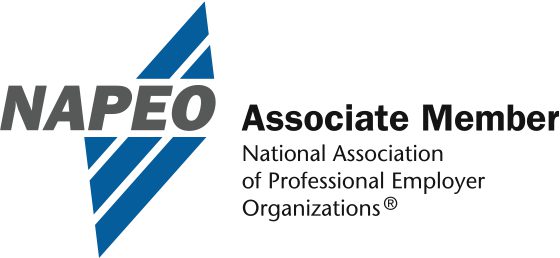Guest blog provided by Newfront
May is Mental Health Month and each year more community groups and organizations are using this time to raise awareness and reduce stigma around the challenges that impact more than 1 in 5 adults in the U.S. These statistics can look different depending on your geographic location and population demographics. Regardless, it is important to recognize the reality of mental illness within our communities and workplaces to also understand its ripple effects beyond the individual.
Two years ago, like most of the world, I was home and sheltered in place due to the COVID-19 pandemic. During this time, I remember being relieved that there was finally a moment to slow down without the guilt or pressure to show up anywhere in person. Conversely, I was also managing an internal angst with the unknown of what a pandemic really meant for the future. I worried about the stress on family members working in essential services and the burnout of fellow caregivers of loved ones at home. Overall, I worried about the well-being of many others with unique living situations that became intolerable or unsafe through the elimination of daily routines and activities during the pandemic.

Given my own understanding of and experiences with mental illness, even before the pandemic, I knew that these stressors had to be affecting other people too. Without proper support, these worries could begin to impact other areas of life including physical health and of course, work. When thinking about the ripple effect, it is important to understand that some individuals may have an increased risk of developing chronic diseases like diabetes or cancer due to serious mental illness. From a global perspective, depression is the leading cause of disability worldwide and costs the global economy over $1 trillion each year in lost productivity. All these factors and more were the motivation to develop a Mental Health Month initiative for our organization so that we build awareness and action to support mental wellbeing at work.
The month-long Mental Health program was built around weekly themes and educational topics to normalize the difficult experiences we face but do not always discuss. Employees were provided with a variety of safe spaces to discuss and learn about mental health. This included live webinars with mental health professionals, mental health Mondays to share facts and coping techniques, along with a resource list to help employees seek help from a counselor or coach. The goal was to bridge the gap between awareness and action by providing the tangible steps that can be taken to start prioritizing mental wellbeing, even during a global pandemic, and to remind individuals that they are not alone.
Since the launch of our Mental Health Month initiative in 2020, there has been a ripple effect across the organization at all levels to continue prioritizing mental wellbeing. This is possible due to partnership from our Leadership and People Operations teams in collaboration with our employee-led wellbeing committee. In addition to existing benefits, Newfront now offers extra mental health days for employees to take separate from regular time off. To model how to disconnect from work for a mental recharge, we also implemented a companywide Mental Health Day shutdown this year. The feedback from the team was positive in that it allowed folks more time to connect with family, enjoy time in nature, shut down emails, and ultimately, relax in whatever way they need. It makes a difference in the way employees utilize the rich benefits offered at work when there is clear support from the C-suite to take time away from work for mental health.
While many organizations offer regular and frequent companywide Mental Health Days, this may not be possible for everyone to implement right away, if at all. In these cases – consider starting small with one or two mental health days a year that coincide with Mental Health Month or even World Mental Health Day in October. We know the negative impacts of mental illness can be widespread, but there is also an opportunity to normalize mental health within an organization to create positive ripple effects within the company.
Here are a few questions to consider when creating your mental health strategy:
- What does Mental Health Month look like in your organization now?
- What type of support do your employees ask for related to mental health?
- How will you bring the conversation to the executive leadership level?
- How are you currently communicating the importance of mental health and resources available within your company?
- Who is missing from the mental health conversation as you think about individuals and groups to offer support?
Are there benefit vendors or community organizations you can partner with to bring your strategy to life?

Although we are more than halfway through the month of May, there is still time to create impact and drive change toward the normalization of mental wellbeing as a business imperative. Consider forming a cross-functional wellbeing committee to help address some of the above questions. Mental Health Month continues to be more recognized by organizations every year which is a positive sign toward destigmatizing how we talk about mental illness at work and beyond. As you consider your organizational approach, remember that culture shifts to support employee mental health and wellbeing cannot happen without leadership commitment, action, and accountability.







